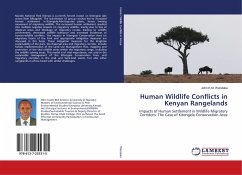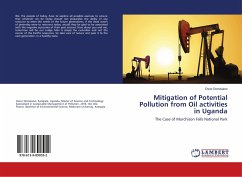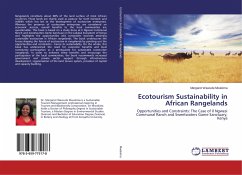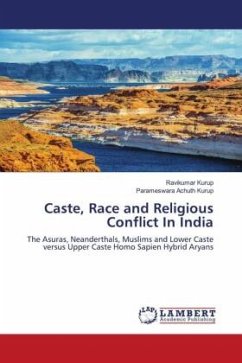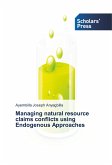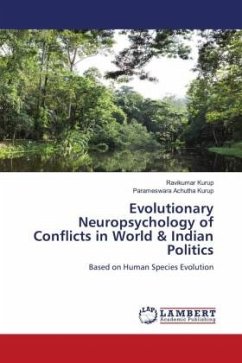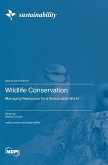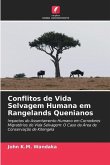Nairobi National Park (Kenya) is currently fenced except on Kitengela side across River Mbagathi. The sub-division of group ranches led to increased human settlement in Kitengela-Athi-Kaputiei plains, hence limiting movement of migratory wildlife. The increased human settlement resulted into multiple negative impacts on migratory wildlife, mainly due to loss of dispersal areas and blockage of migratory routes, leading to wildlife confinement, decreased wildlife tolerance and increased incidences of human-wildlife conflicts. The impacts in Kitengela Conservation Area on migratory fauna of the Park and appropriate mitigation measures are discussed in this book. These mitigation measures for the longtime sustainability of the park, the dispersal area and migratory corridor, include holistic implementation of the Land Use Management Plan, mapping and protection of the vital wildlife areas within the migratory range, including the wildlife calving areas. This model is of vital importance, not only in the sustainable management of the Kitengela Conservation Area, and migratory corridors in the Arid and Semi-Arid Lands, but also other rangelands in Africa faced with similar challenges.
Bitte wählen Sie Ihr Anliegen aus.
Rechnungen
Retourenschein anfordern
Bestellstatus
Storno

